As an experiment, I’m trying out Substack’s video feature and posting my latest video essay here first, before it goes live on YouTube. Just trying to think of ways to improve this site so people will want to subscribe. So, how about it?
[Edit: now it’s on YouTube, if you prefer watching that way!]
If you’re looking for the list of films in the video, it’s at the bottom of this article.
The Future of Superheroes
I hinted in the video that I might have an idea where superhero movies are going, once this whole cinematic universe thing has run its course. My thought was a little too out there to include in the video, but here it is—Superhero Horror.
Filmed in 2017 and released in 2020,1 The New Mutants tried to combine teen slashers with serious superheroes. The result wasn’t fantastic (due to studio interference, I’ve heard), but an attempt was made.
More successfully, the influence of Seven on 2022’s The Batman is obvious—
James Gunn, who is running DC films now, not only came out of horror cinema, but also produced his brother and cousin’s evil-Superman film, Brightburn.
Then again, this is not exactly a new phenomenon. Quite a few superhero directors started out making horror films, and even took some of that style into their big budget work. Just look at the sea creatures in James Wan’s Aquaman, the Sins in David F. Sandberg’s Shazam, and who could forget the hospital scene in Sam Raimi’s Spider-Man 2?
What do you think will be the next stage of superhero films?
Chainsaw and Hockey Mask
Fun fact: Jason never wields a chainsaw in any of the Fridays the 13th. According to TV Tropes, it’s a dead unicorn trope—a trope that “everybody” knows, yet isn’t actually true. It’s a composite character of Jason and Leatherface from the Texas Chainsaw Massacre films.
Definitions
Much of the terminology I used in this video essay regarding cycles comes from Richard Nowell’s book, Blood Money: A History of the First Teen Slasher Film Cycle.
A “film cycle” is kind of a fancy way of describing a trend. A cycle can be most easily understood by distinguishing it from a cluster on the one hand and a staple on the other.
A cluster of films is typically only a few movies produced in a short period of time, until the audience gets bored of the style. For example, roller disco movies. You can think of it as a failed cycle.
A staple, on the other hand, is a genre that is consistently produced year after year, such as, crime movies. Thus, there can be cycles within a staple genre, like specific types of crime movies—gangster films (a constant staple at the cineplex) versus heist films (a sub-genre that cycles in and out of popularity at different times).
In Blood Money, Nowell actually describes four stages of a cycle, in the case that someone creates a new style but that particular film fails financially. Thus, he distinguishes “pioneer production” from “speculator production.”
However, if someone was reviving a style, he would call that a three-stage cycle, lopping off the first stage, and changing the title of the subsequent stages. It was super confusing—
For clarity, I conflated “pioneer” and “speculator” productions, because the difference was irrelevant, as far as I was concerned.
Black Christmas & Halloween
Halloween had a huge impact, both on the film industry and the culture at large. So, it’s not surprising many people try to claim credit for it.
Producer Irwin Yablans came to director John Carpenter with the idea of doing a horror movie titled Halloween. Co-writer/producer Debra Hill has said that she wrote the girls based on her own high school experiences as a babysitter, but Yablans claims he was the one who wanted the film to be about babysitters in peril.
And then there’s the movie Black Christmas. The director of that film, Bob Clark, claims that while he was working on a never-produced film with Carpenter, the younger filmmaker asked him if he would ever do a sequel to Christmas. Clark said he wouldn’t, but if he did, he would call it Halloween.
Clark’s recollection doesn’t really line up with anyone else’s story about how the title came about. But he doesn’t believe he was ripped off, either—
The truth is John didn't copy Black Christmas, he wrote a script, directed the script, did the casting. Halloween is his movie and besides, the script came to him already titled anyway. He liked Black Christmas and may have been influenced by it, but in no way did John Carpenter copy the idea. Fifteen other people at that time had thought to do a movie called Halloween but the script came to John with that title on it.
Carpenter says he didn’t even like Black Christmas.
The timeline around all of these claims is ambiguous, too, so I’m inclined to believe we’ll never actually know the full truth for sure.
Other Cycles
In discussing the early 2000s superhero boom, some people may think I forgot about Blade. Don’t worry, I didn’t forget; I just don’t think it counts.
Yes, Blade originated in a Marvel comic, but so did Howard the Duck2 and Red Sonja. He’s not really a superhero in any but the broadest meaning of the word.
Blade fits more in the late-90s, early-2000s cycle of leather-jacket-and-sunglasses action movies, like The Matrix, Underworld, and Equilibrium. And, admittedly, the style of these films did influence the costuming of superheroes3 for quite some time.
The Found Footage cycle of the late 2000s is another strange case.4 Paranormal Activity was released theatrically in 2009, after Cloverfield and Rec. The thing is, it premiered on the horror festival circuit in 2007, just ahead of Rec’s release in Spain.
Both Cloverfield and Quarantine (the English-language remake of Rec) were made after the near-legendary response to Paranormal by horror enthusiasts.
Filmography
Dracula (1931)
Frankenstein (1931)
Cat People (1942)
The Simpsons - "Cape Feare" (1993)
Halloween (1978)
The Evil Dead (1981)
Friday the 13th (1980)
A Nightmare on Elm Street (1984)
X-Men (2000)
The Bicycle Thief (1948)
The Great Escape (1963)
Psycho (1960)
The Texas Chainsaw Massacre (1974)
Black Christmas (1974)
Toy Story 2 (1978)
The Blair Witch Project (1999)
Halloween: Resurrection (2002)
Paranormal Activity (2007)
Scream (1996)
The Slumber Party Massacre (1982)
Bram Stoker's Dracula (1992)
The Silence of the Lambs (1991)
The Cabin in the Woods (2011)
High Tension (2003)
The Avengers (2012)
Captain America (1944)
Batman (1989)
Spider-Man (2002)
X2 (2003)
The Dark Knight (2008)
Iron Man (2008)
The Incredible Hulk (2008)
Iron Man 2 (2010)
Scream VI (2023)
X-Men Origins: Wolverine (2009)
The Amazing Spider-Man 2 (2014)
Man of Steel (2013)
Friday the 13th Part III (1982)
Wonder Woman (2017)
The Shawshank Redemption (1994)
Thor: Love and Thunder (2022)
The Flash (2023)
Batman Returns (1992)
Spider-Man 2 (2004)
Scream 4 (2011)
Sonic the Hedgehog (2020)
The Super Mario Bros. Movie (2023)
Everything about that movie, from development to distribution, was a mess.
I’m aware that Howard the Duck is currently in the MCU, and Blade soon will be (if the movie ever gets made), but that just adds to the larger point in my video essay. One way the Cinematic Universe is different than the Serious Superheroes is that it allows for a broader range of styles and characters. We wouldn’t call Guardians of the Galaxy a superhero movie if it wasn’t part of the MCU, either.
With some big exceptions, like Spider-Man.
I didn’t get into the details in the video because it was too far afield of the central point.

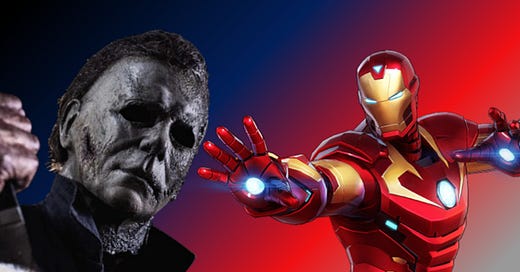


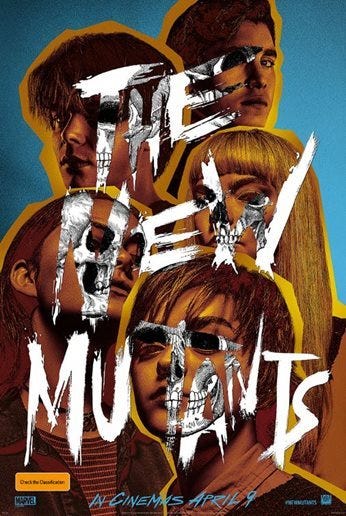
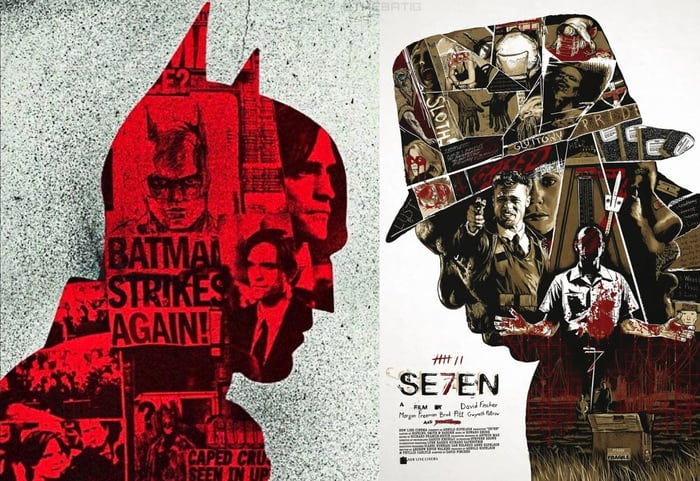
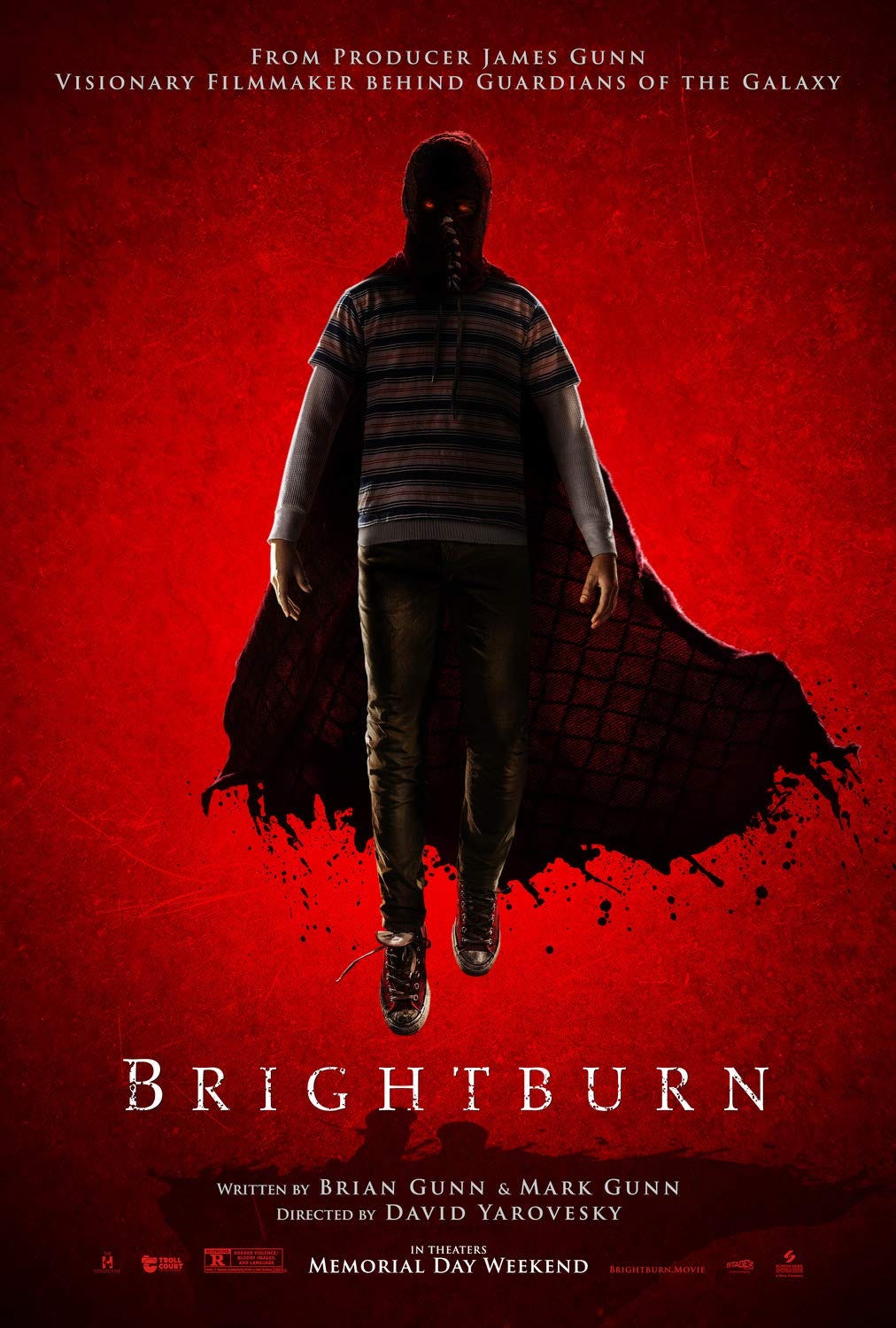
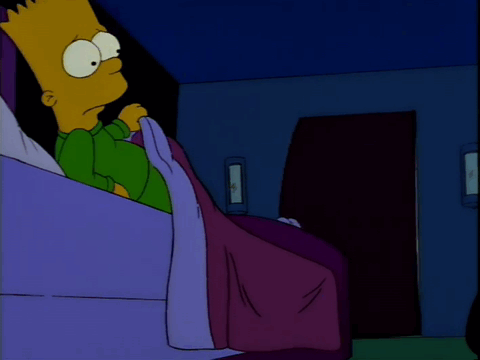
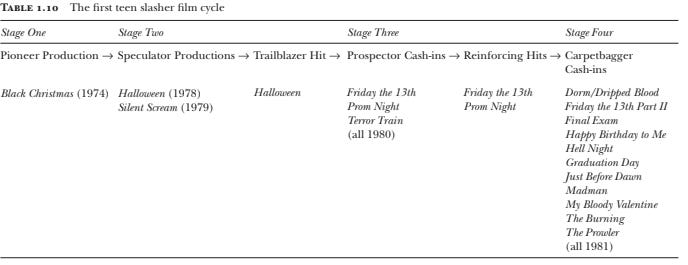
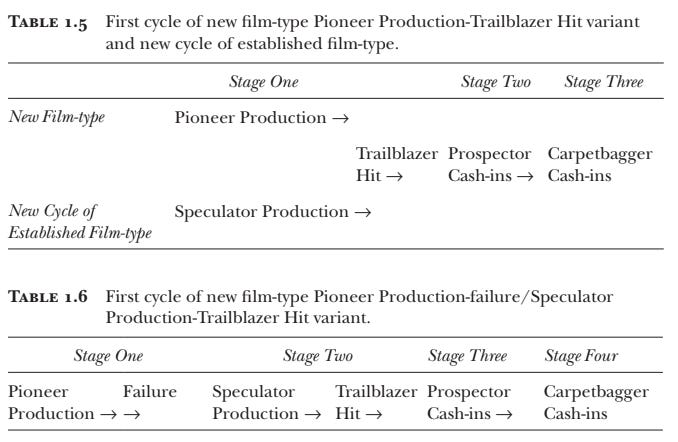
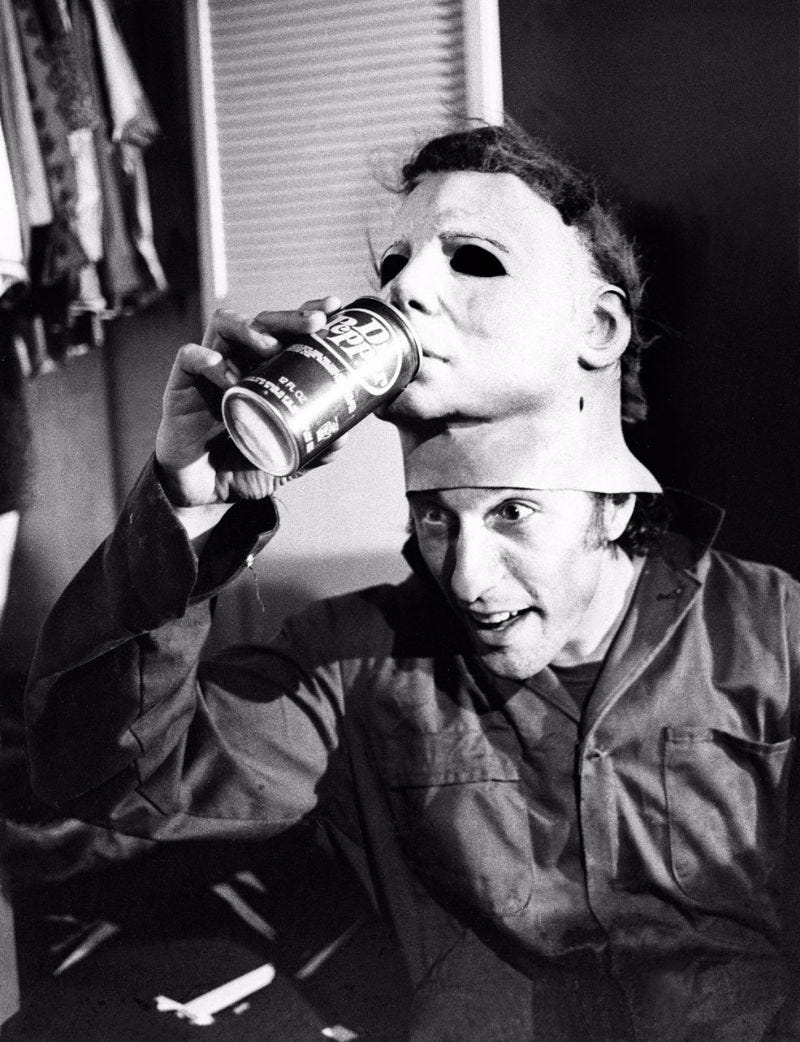

Share this post